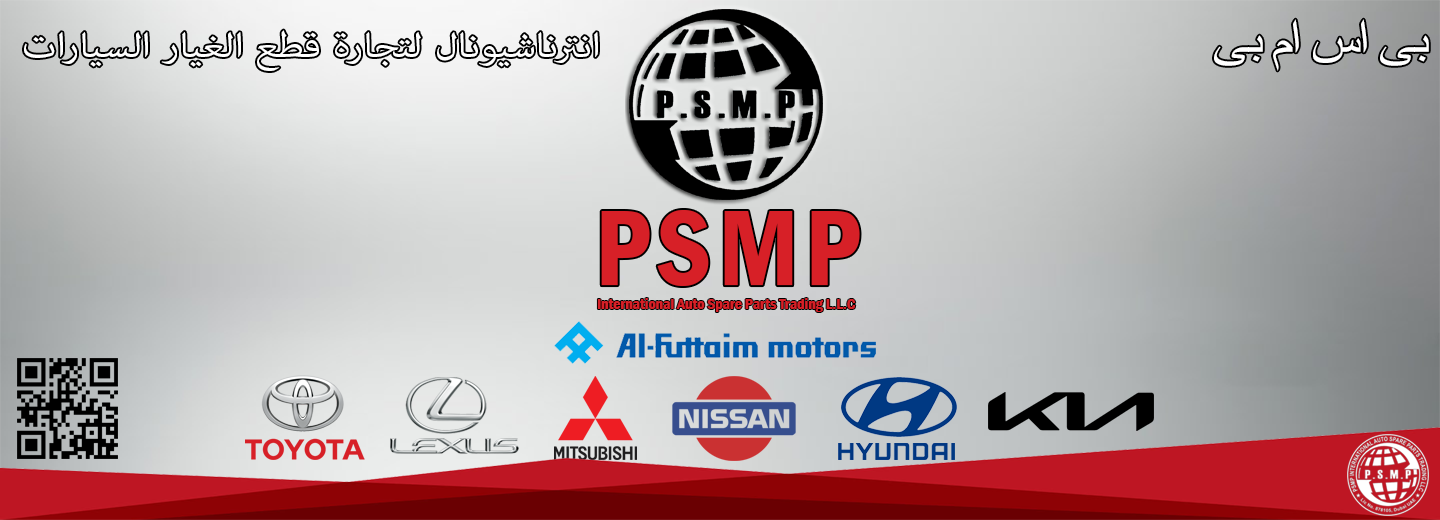
A Timing Belt is a part of an internal combustion engine that controls the timing of the engine's valves. A timing belt, timing chain or cam belt is a part of an internal combustion engine that synchronizes the rotation of the crankshaft and the camshaft(s) so that the engine's valves open and close at the proper times during each cylinder's intake and exhaust strokes. In an interference engine the timing belt or chain is also critical to preventing the piston from striking the valves. A timing belt is a belt that usually features teeth on the inside surface, while a timing chain is a roller chain. Most modern production automobile engines utilize a timing belt or chain to synchronize crankshaft and camshaft rotation; some engines instead utilize gears to directly drive the camshafts. The use of a timing belt or chain instead of direct gear drive enables engine designers to place the camshaft(s) further from the crankshaft, and in engines with multiple camshafts a timing belt or chain also enables the camshafts to be placed further from each other. Timing chains were common on production automobiles through the 1970s and 1980s, when timing belts became the norm, but timing chains have seen a resurgence in recent years. Timing chains are generally more durable than timing belts – though neither is as durable as direct gear drive – however, timing belts are lighter, less expensive, and operate more quietly.
An Air Conditioner Belt is help to run the air condition system of car to provide comfort during either hot or cold weather.
An Alternator Belt is help to run the alternator in engine to power car operating system.
A Hydraulic Belt is part of hydraulic fluid to take pressure and help to power car operating system.




 +971 4 265 5305
+971 4 265 5305